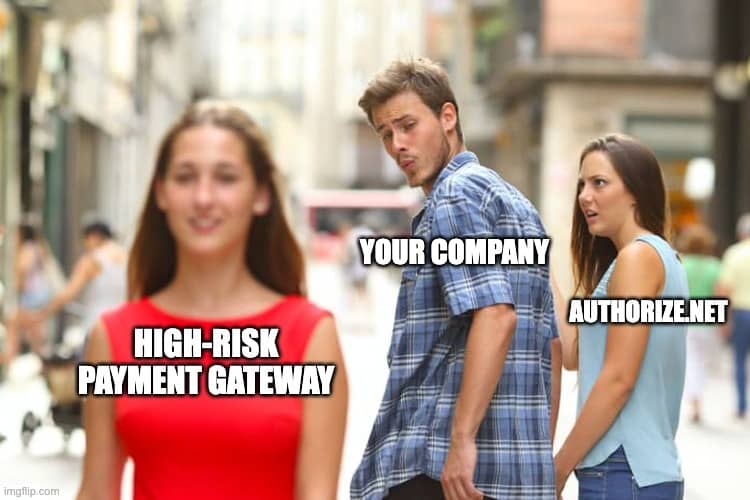<strong>ACH Reason Codes: R36 Return of Improper Credit Entry</strong>

We’ve all had those moments of dread when we check our bank statements and find a mysterious and unfamiliar charge. It’s a feeling of worry and confusion that no one should ever have to experience. But if you know what to do, you can quickly identify and resolve an improper credit entry and regain your funds.
In this blog, we’ll go over what an R36 Return of improper credit entry is, the causes of an inappropriate credit entry, how to identify a wrong credit entry, steps to resolve an improper credit entry, who to contact for a disputed charge, rules and regulations related to obscene credit entries, tips for avoiding improper credit entries, common mistakes to avoid when resolving an inappropriate credit entry, and how to get your funds back.
Table of contents
- What is an improper credit entry?
- Causes of an improper credit entry
- How to identify an improper credit entry
- Steps to resolve an improper credit entry
- Who to contact for a disputed charge
- Rules and regulations related to improper credit entries
- Tips for avoiding improper credit entries
- Common mistakes to avoid when resolving an improper credit entry
- How to get your funds back
- Conclusion
What is an improper credit entry?
R36 Return of improper credit entry is a charge you do not authorize on your bank statement. This can happen for various reasons, but the most common cause is fraudulent activity. An improper credit entry can be from a stolen credit card, stolen bank account information, or unauthorized withdrawals from your account.
An improper credit entry can also be caused by a business’s error when recording a charge or refund. This is often due to a company’s bookkeeping or accounting software mistake. A billing error, such as a double charge or an incorrect amount, can also cause improper credit entries.
Any of these errors can leave you frustrated, confused, and uncertain about what to do next. It’s important to remember that you have the right to dispute any charges that you didn’t authorize.
Causes of an improper credit entry
There are several different causes of R36 Return of improper credit entry. The most common cause is fraudulent activity, such as someone using a stolen credit card or bank account information to make a purchase. Improper credit entries can also be caused by billing errors, such as a double charge or an incorrect amount.
Another cause of an improper credit entry is an error in the company’s bookkeeping or accounting software. This can be due to a mistake in setting up or using the software. Finally, improper credit entries can be caused by a company needing to follow proper procedures for processing a charge or refund.
How to identify an improper credit entry
Identifying an improper credit entry can be tricky, but there are a few key signs to look for. The most obvious sign is an unfamiliar charge on your bank statement. If you need to recognize the company’s name or the amount of the cost, it’s a good idea to investigate further.
Another sign of an improper credit entry is an unusual charge from a company you recognize. Knowing the company and the amount don’t match what you expected is a sign that something could be wrong.
Finally, suppose you notice any charges you didn’t authorize or receive a notification from your bank about a suspicious cost. In that case, checking your bank statement and investigating further is a good idea.
Steps to resolve an improper credit entry
The first step in resolving an improper credit entry is to contact your bank or credit card company. You can usually do this online or by phone. Ensure your account information is handy to provide it to the customer service representative.
The customer service representative will likely ask you for more information about the charge, such as the date, amount, and company. They may also ask if you authorized the payment. It’s essential to be honest, and provide as much detail as possible.
Once you’ve provided all the necessary information, the customer service representative will investigate the charge and decide whether to refund the payment. If the cost is found to be fraudulent or unauthorized, your bank or credit card company will usually refund the charge.
Who to contact for a disputed charge
If you find an unfamiliar or unauthorized charge on your bank statement, the first step is to contact your bank or credit card company. If you cannot resolve the issue with the bank or credit card company, you may need to contact the company that made the charge.
In some cases, you may be able to contact the company directly to dispute the charge. Ensure your account information is handy and provide as much detail as possible. You can also ask the company to prove that you authorized the amount.
Suppose the company is unable or unwilling to resolve the issue. In that case, you may need to contact a government agency such as the Federal Trade Commission or your state’s attorney general’s office. These organizations can help you resolve company disputes and provide advice about your legal rights.
Rules and regulations related to improper credit entries
Several federal laws protect consumers from improper credit entries. The Fair Credit Billing Act (FCBA) requires creditors to investigate any disputed charges on your credit card statement promptly. This law also requires creditors to provide you with a written explanation of the results of their investigation.
The Electronic Fund Transfer Act (EFTA) protects consumers from unauthorized electronic fund transfers, such as those made with a debit card or electronic check. This law requires financial institutions to investigate unauthorized transfers and provide you with a written explanation of their findings.
Finally, the Fair Debt Collection Practices Act (FDCPA) protects consumers from unfair or deceptive practices by debt collectors. This law requires debt collectors to provide you with accurate information about the debt, such as the amount owed and the name of the original creditor.
Tips for avoiding improper credit entries
You can take a few simple steps to avoid improper credit entries. First, check your bank statement for unfamiliar or unauthorized charges. This is especially important if you recently purchased or gave someone access to your account.
Another tip is to use secure payment methods when possible. Many banks and credit card companies offer secure payment methods, such as tokenization or two-factor authentication. These methods help protect your information and reduce the risk of fraud or unauthorized charges.
Finally, it would help if you always were wary of giving out your personal or financial information. Be sure only to provide your information to trusted sources and never send sensitive information via email or text.
Common mistakes to avoid when resolving an improper credit entry
When resolving an improper credit entry, avoiding common mistakes is essential. The first mistake to avoid is providing incomplete or inaccurate information. This can delay the investigation process and make it easier for your bank or credit card company to resolve the issue.
Another mistake to avoid is not following up with the company that made the charge. If you’re still waiting to hear back from them promptly, follow up with them to ensure that the account is being investigated.
Finally, keep going. Suppose you’re not satisfied with the response from your bank or credit card company. In that case, you can contact a government agency such as the Federal Trade Commission or your state’s attorney general’s office.
How to get your funds back
If the charge is found to be unauthorized or fraudulent, your bank or credit card company will usually refund the amount. This process can take a few days or weeks depending on the company’s policies. Most banks and credit card companies also offer protection against fraud so that you may recover additional funds lost due to fraud.
Sometimes, the company that made the charge may be willing to refund the amount. This option can be good if the company is ready to work with you. Just be sure to get the refund in writing and keep a transaction record.
Conclusion
An improper credit entry can be a confusing and stressful experience, but if you know what to do, it can be resolved quickly and easily. Always check your bank statement for unfamiliar or unauthorized charges, and contact your bank or credit card company if you find any.
If you cannot resolve the issue with your bank or credit card company, you may need to contact the company that made the charge. Ensure your account information is handy and provide as much detail as possible.
Finally, remember that you can dispute any charges you didn’t authorize. You can quickly resolve an improper credit entry and return your funds with the proper steps.
Read Next

Find out whether Authorize.Net works for high risk merchants, what restrictions you might face and how to get approved.

Get expert advice on selling CBD products on Shopify, including compliance tips and setting up secure payment options.

Find out why Square may deactivate merchant accounts and steps to resolve issues and maintain uninterrupted payment services.
Need a High-Risk Merchant Account?
Disruption-free payment processing at the best price for your situation, guaranteed.
Get Free Guidance Now!